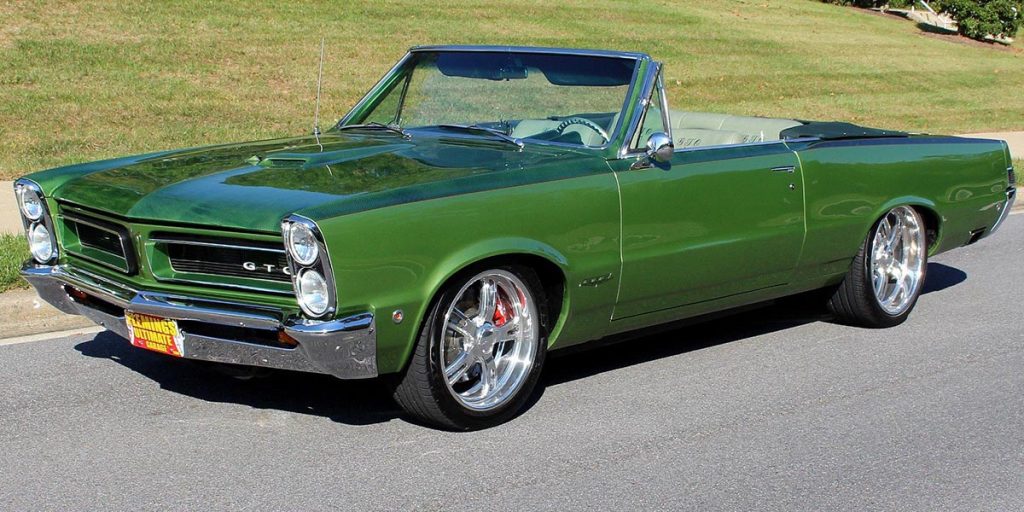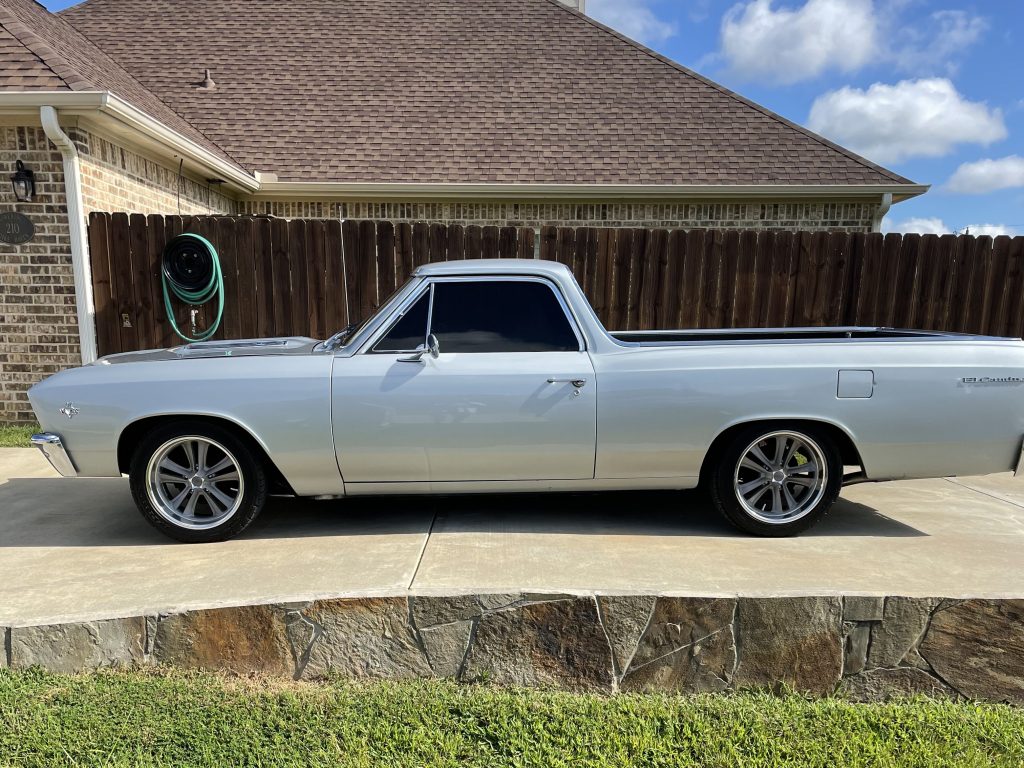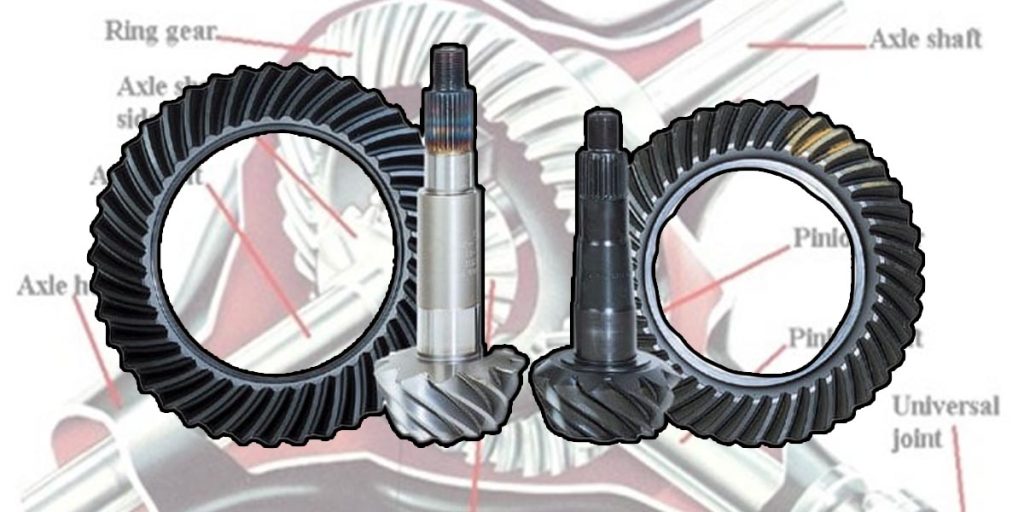
Restomod vs Pro-Touring: What’s The Difference?
Restomod Vs Pro-Touring: Are They They Same Thing Or Different? Classic cars hold a special place in the hearts of enthusiasts. We love the smell
Wheels play a major component in your ride. Not only are they the item that allows the car to roll down the road, but they also set the tone and style of the vehicle as well. Choosing the right wheels is crucial to achieving the style of car you want to build.

Wheel offset refers to the distance between the wheel’s mounting surface and the wheel’s centerline, measured in millimeters. This measurement determines where the wheel sits within the wheel well concerning the vehicle’s hub and suspension components. Wheel offset can be positive, negative, or zero.
Positive Offset: The mounting surface is toward the front of the wheel. This brings the wheel and tire assembly closer to the vehicle’s suspension and body.
Negative Offset: The mounting surface is toward the back of the wheel. This pushes the wheel and tire assembly outward, away from the vehicle’s suspension.
Zero Offset: The mounting surface aligns with the wheel’s centerline, distributing the wheel and tire assembly evenly within the wheel well.
Wheel backspacing is the distance from the inboard edge of the wheel to the wheel’s mounting surface. Unlike offset, backspacing is measured in inches. It essentially defines how much space exists between the back of the wheel and the suspension components.
While both wheel offset and backspacing influence the placement of the wheel within the wheel well, they offer distinct perspectives on fitment and aesthetics.
Fitment Considerations:
Aesthetics:
Handling and Performance:
Wheel offset and backspacing are integral factors in choosing the right wheel. Just as important though are knowing what suspension and brakes you’re going to be using. Before you ever order wheels and tires, you should talk with the brake and suspension manufacturers to see if they are moving things around which may cause your new wheels to not fit. If you have any questions or need help, call our friendly techs at (203) 235-1200 or hop on SS396.com

Restomod Vs Pro-Touring: Are They They Same Thing Or Different? Classic cars hold a special place in the hearts of enthusiasts. We love the smell

Gordon’s ’67 El Camino used to belong to his step dad, Dominic. He purchased it from the original owner, who only had it for two

Rearend Differential Gear Ratios Rearends, or Gear Differentials, play a big part in any rear-wheel-drive vehicle. They take the power from the engine and put
